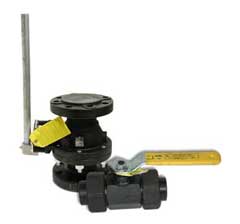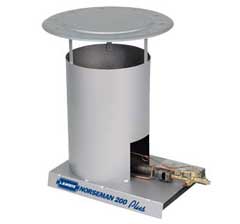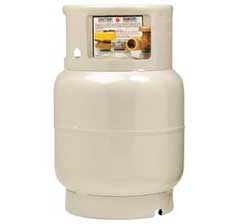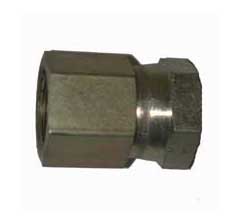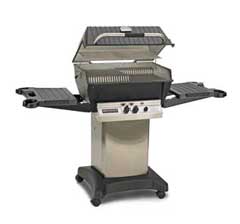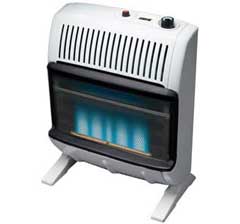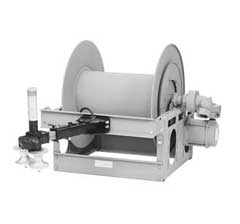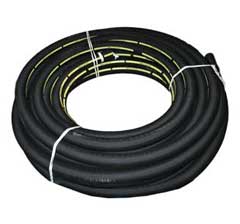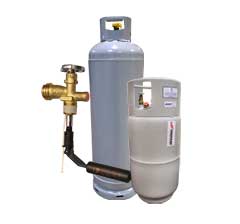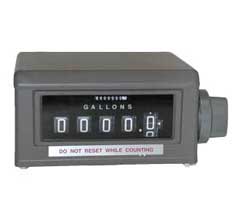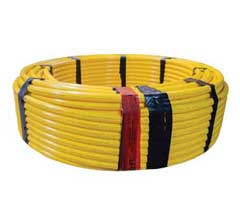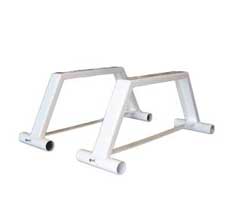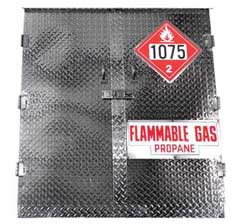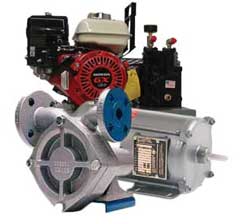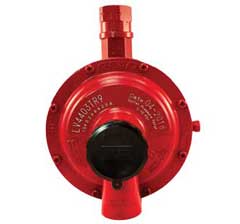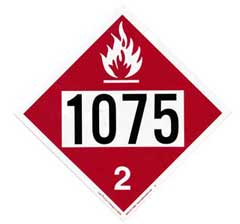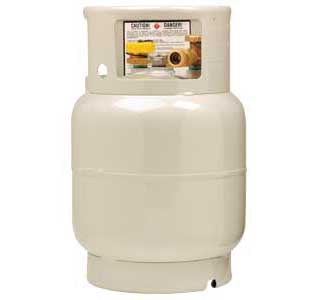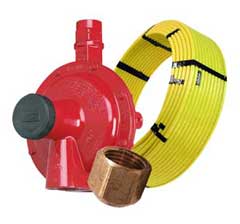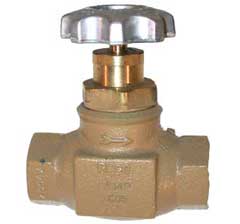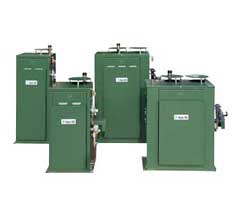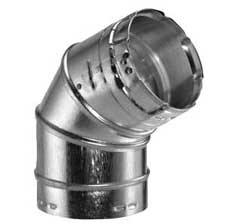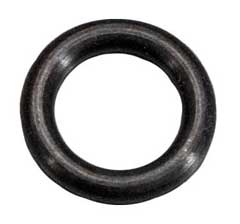Methanol Purging of ASME and DOT Propane Storage Containers
Written by Andy Tatakis

All new containers are hydrostatic tested to check for leaks and integrity of the container prior to certification. Unfortunately, this procedure may sometimes leave moisture in the tank, but the industry has done their homework by adding a few more steps called Methanol Purging to the process by adding a vacuum in the tank that will remove most of the moisture.
All new containers, and in some cases older tanks, that hold up to 2,000 gallons of water and have been exposed to moisture must be purged with Methanol prior to filling and placing tank into service. Methanol is an alcohol that is used while removing moisture from storage tanks. It helps to prevent freezing of valves and regulators, prevent odor fade, internal corrosion and rust that would weaken the integrity of the steel.
Methanol is a flammable liquid, and should be handled with care. When handling Methanol be sure to handle these safety tips.
- No smoking or ignition source should be permitted within 25 feet of purging
- All vehicles must have the ignition off
- The use of protective equipment (PPE) is required by OSHA when transferring methanol and liquid propane.
- Purging must comply with local authorities having jurisdiction and NFPA # 58 7.3.2.2 through 7.3.2.4.
- Make sure that wind direction is not in the direction of the open flame or nearby buildings
- Never use liquid propane, doing so will cause moisture vapor to freeze and allow water to remain after methanol injection.

In accordance with Pamphlet # 58 the use of a 3-way Purge kit (part 130#20292 on pg. 114 of our catalog) seen on the left is highly recommended. It mounts with ease and makes purging of propane cylinders fast, easy, and safe.

Also the Purge-It-Vac Adapter (part Purge-It-Vac on pg. 114 of our catalog) seen on the right will allow you to insert methanol plus your first fill of propane without disconnecting the adapter. The Purge-It Vac adapter is easy to use and meets NPGA # 133-899a on purging of LP-Gas containers.
Another option is that you can use a compressor to create a vacuum 26 inches of mercury and a 2 psi pressure to discharge and then inject methanol to purge. At this time no propane is released into the atmosphere. It is very important that the container have no openings that are exposed to the atmosphere at time of the purge. Time of evacuation with a 36 CFM compressor is approximately 15 minutes per 1,000 gallons of tank capacity. A 16 CFM compressor will take approximately 30 minutes per 1,000 gallons of tank capacity. A total of 5 purgings will remove all moisture and prevent odor fade. My experience is that the first purge under vacuum pressure would be ready for methanol injection. The next four steps you must purge down to 0 psi by opening the service valve. This will release the vapor into the atmosphere. Next inject vapor to 15 psi and then inject methanol. Repeat this process a total of five times.
The table below shows how much of methanol is needed to inject into the container.
Cylinder Type |
Min. Volume of Methanol Required |
| 100 Lbs. ICC Cylinder | 1/8 pt. (2 fl. Oz.) |
| 420 Lbs. ICC Cylinder | 1/2 pt. (8 fl. Oz.) |
| 500 Gallon Tank | 5 pt. (2 1/2 qts.) |
| 1000 Gallon Tank | 10 pt. (1 1/4 gal.) |
Like this Article? Why not Share!




